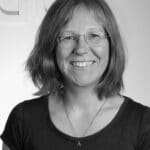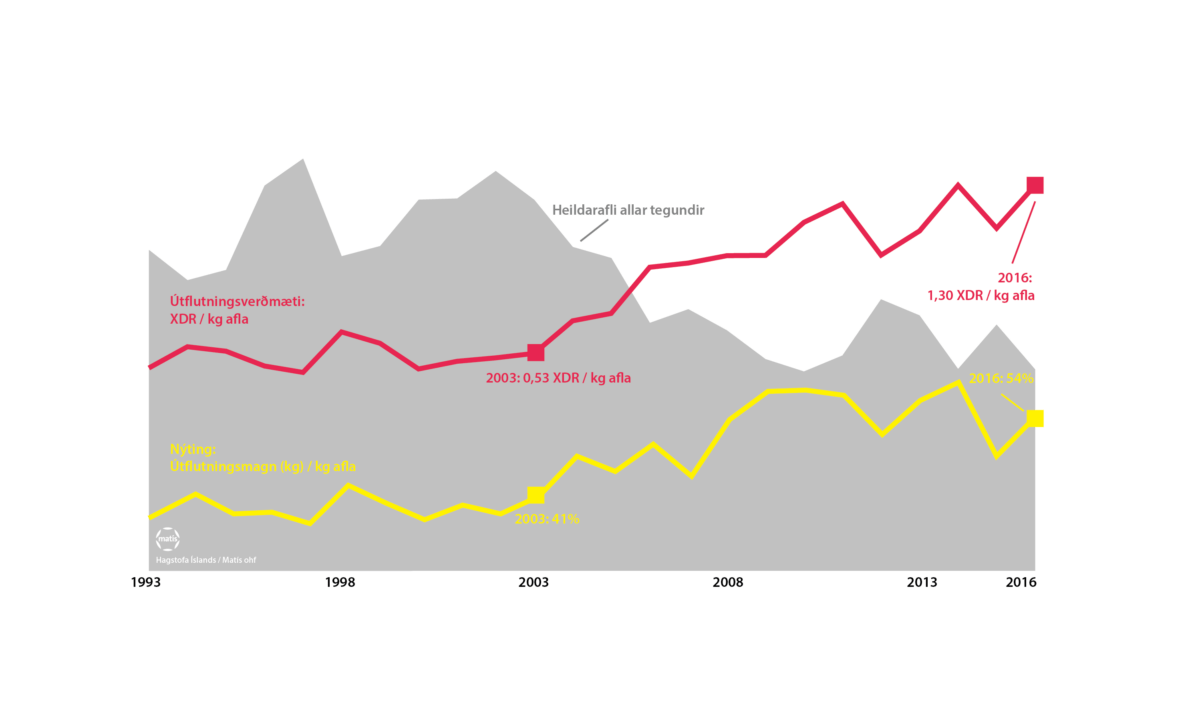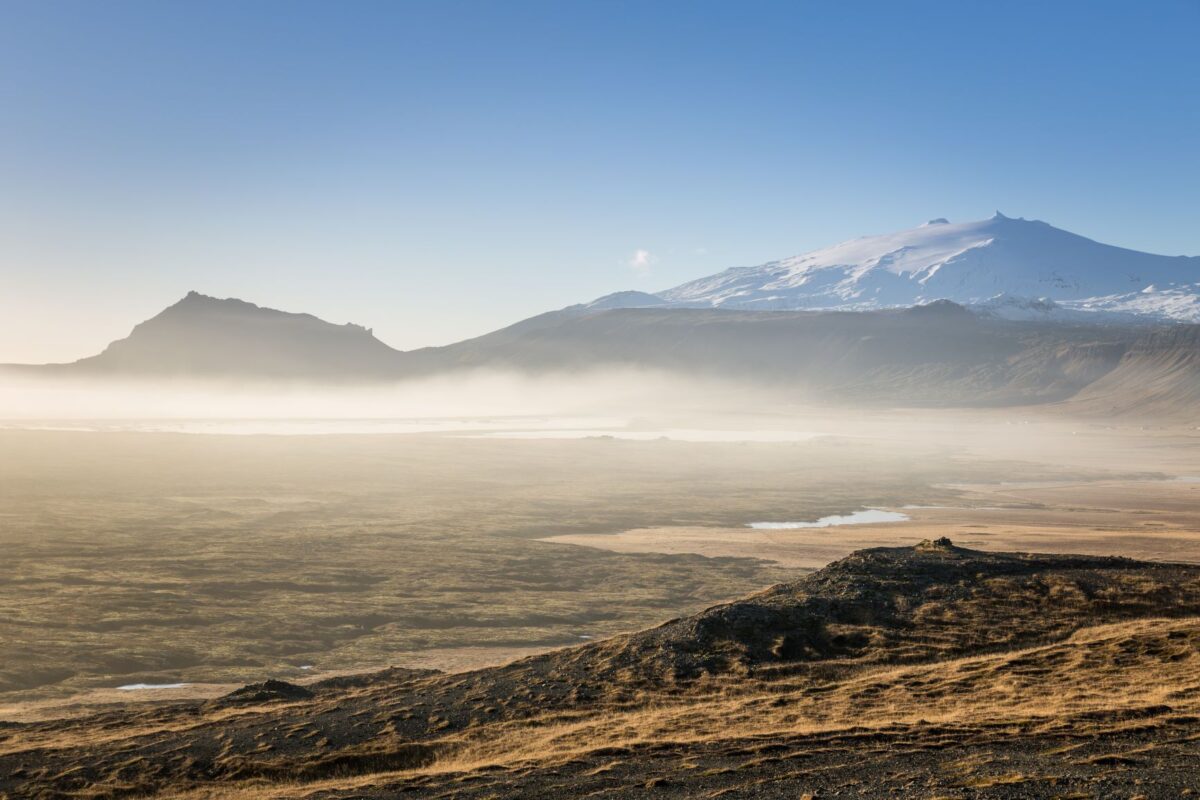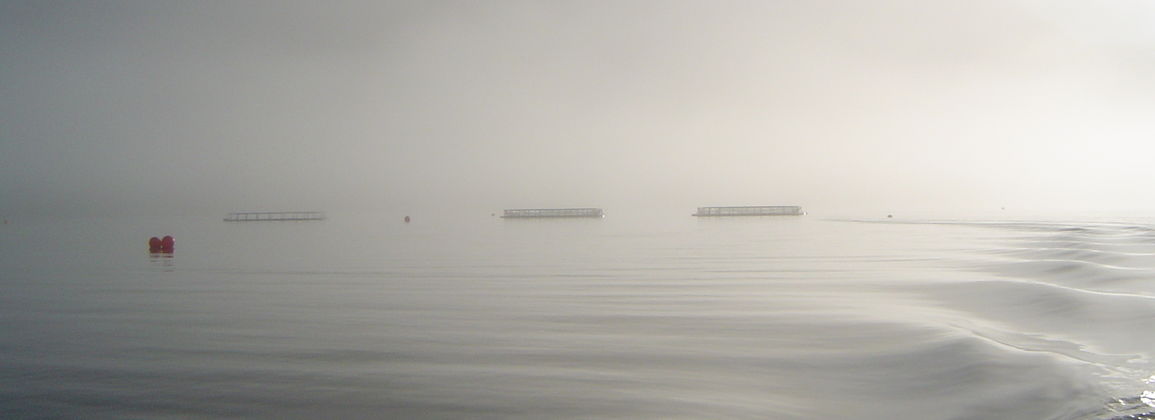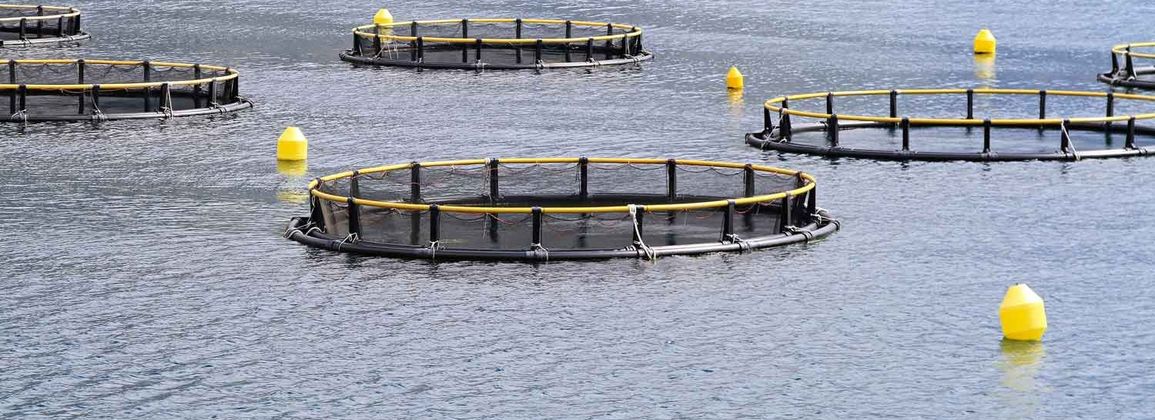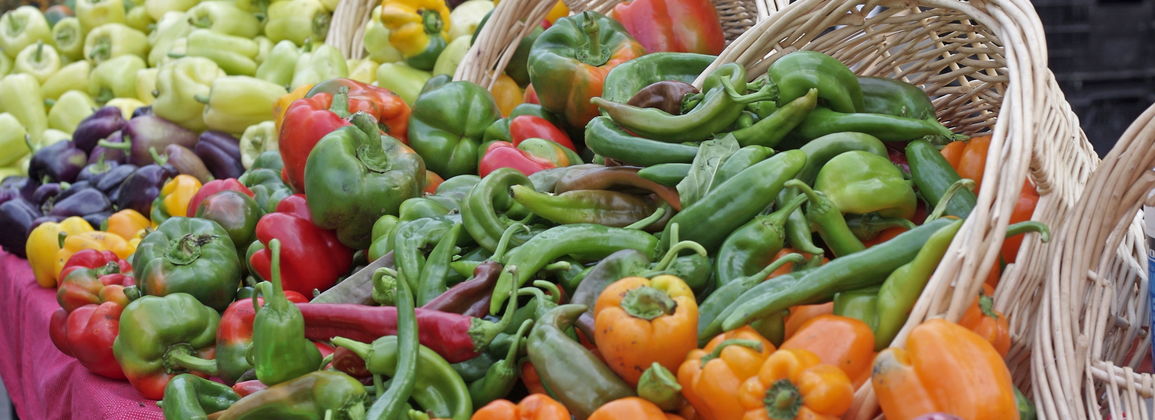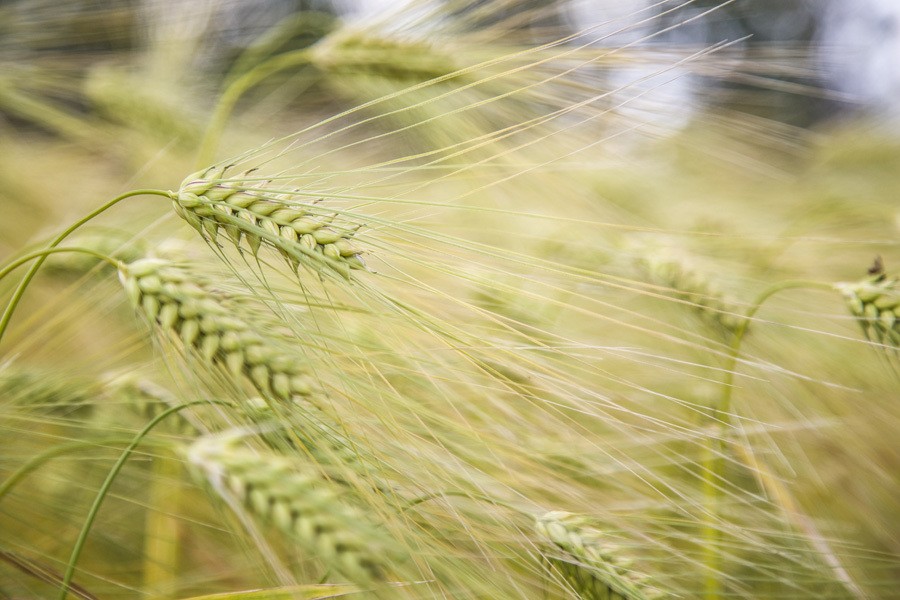Innovation small producers - Nordbio
The aim of the project was to follow up and further support small producers in the wake of innovation projects carried out under NordBio, the Icelandic Presidency of the Nordic Council of Ministers 2014-2016. The main goal of the innovation projects for small producers was to have a direct economic impact through innovation and value creation in the Nordic bioeconomy, thus strengthening regional economic growth. Work was done on 17 innovation projects. The experience of the projects is that knowledge and training are necessary for ideas to come true and for enabling producers to meet all food safety requirements. The Nordbio innovation projects have shown that the use of "innovation credit" can be an effective way to encourage innovation, knowledge transfer and technology to increase the value of living resources. There is a clear need to offer this type of grant to small producers and entrepreneurs in order to encourage innovation and unleash the power of imagination. It would be a great incentive to establish funds that can promote innovation in the spirit of the Nordbio projects.
The aim of the project was to follow up on and support further small-scale producers that participated in innovation projects as part of the Nordbio program, the Icelandic chairmanship program in the Nordic council of ministers 2014-2016. The overall objective of the innovation projects was to have direct economic impact through innovation and value creation in the Nordic bioeconomy and thereby strengthen regional and economic growth. 17 innovation projects where carried brought forward. The projects have displayed that knowledge and training is essential for ideas to be realized and to enable manufacturers to meet all food safety requirements. The Nordbio innovation projects have manifested that using "innovative voucher" can be an effective way of encouraging innovation, knowledge transfer and technology to increase the value of biofuels. There is apparently need to offer small producers and entrepreneurs funding of this kind. Establishment of fund under the same format as Nordbio functioned with innovation vouchers can enable increased value creation trhough innovation.

